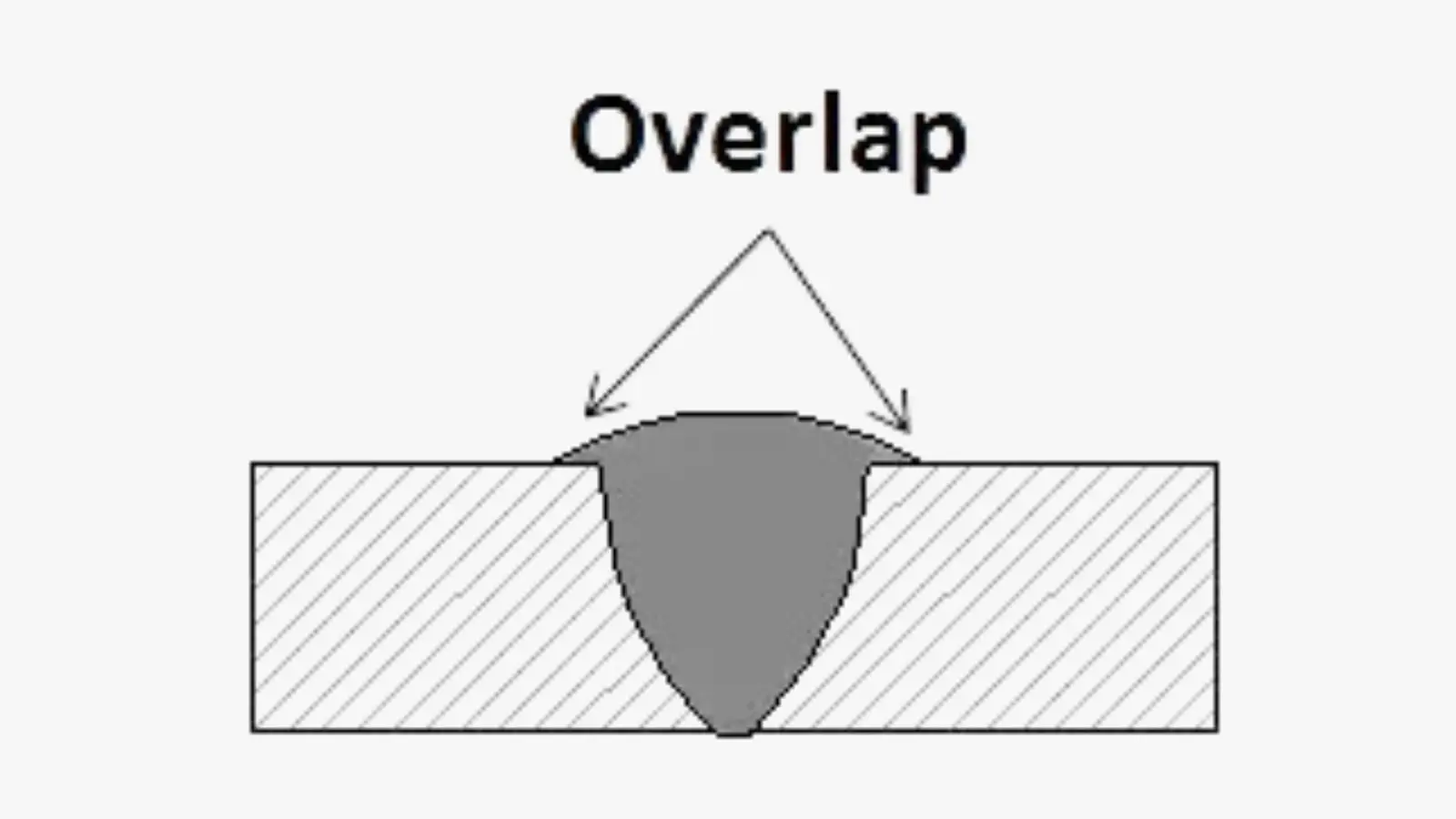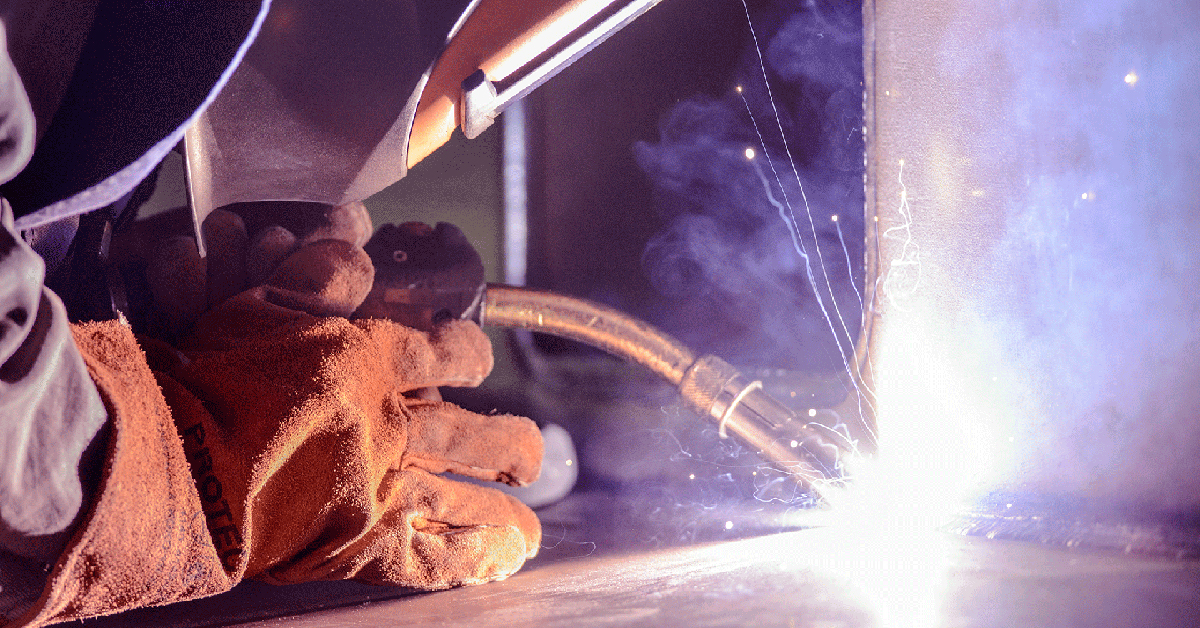Important Tips for Welders: Preventing Undercut Welding and Ensuring Stronger Weld Joints
In the world of welding, accomplishing strong and sturdy weld joints is the foundation of generating high-quality work. One common obstacle that welders typically run into is undercut welding, which can endanger the stability of the weld joint.

Recognizing Undercut Welding
Undercut welding is an usual welding defect that takes place when the weld metal falls short to effectively load the groove and results in a groove-like anxiety along the weld grain. This problem weakens the weld joint, making it at risk to splitting and failure under stress and anxiety. Undercutting can be triggered by different factors, consisting of extreme welding existing, high welding rate, improper electrode angle, inaccurate electrode dimension, and poor welding method.
One of the primary factors for undercut welding is an inequality between the welding present and the welding speed. If the welding current is also high or the welding rate is as well quickly, the weld steel might not properly load the groove, leading to undercutting. Additionally, making use of an electrode that is too large can lead to a similar end result, as the excess steel can not correctly stream right into the groove.
To avoid undercut welding, welders must guarantee they are making use of the right welding parameters, keep an appropriate electrode angle, choose the suitable electrode size, and technique proper welding techniques. By addressing these elements, welders can decrease the threat of undercutting and create stronger, extra reputable weld joints.
Correct Welding Method
Efficient welding strategy plays an essential duty in making certain the quality and integrity of weld joints. One essential aspect of correct welding technique is maintaining the right angle and distance between the welding gun and the work surface.
Additionally, a consistent and stable hand movement is necessary for creating strong and long lasting weld joints. Welders should go for smooth, uniform motions to guarantee also distribution of the weld product. Proper control of the welding gun and filler product is also essential to achieving optimum penetration and fusion.
Moreover, regulating the heat input and picking the appropriate welding specifications based upon the product being welded are essential consider achieving high-grade welds - Preventing weld undercut. Welders must adhere to the advised setups supplied by welding procedure specifications and change them as required based on the specific requirements of the job. By understanding proper welding methods, welders can dramatically enhance the toughness and reliability of their weld joints
Selecting the Right Electrode
Keeping the right angle and distance in between the welding weapon and the work surface is basic when thinking about the importance of selecting the right electrode in welding applications. The selection of electrode plays an essential function in figuring out the high quality and toughness of the weld joint. Electrodes navigate here are available in numerous types, each created for certain purposes and products.
To start with, picking the ideal electrode size is crucial. Thinner electrodes are ideal for welding thin products, while thicker electrodes are better for thicker products and greater warm applications. Matching the electrode diameter to the thickness of the workpiece assists accomplish a well balanced weld.
Second of all, recognizing the product make-up of the electrode is vital. Different electrodes are developed for welding specific products like steel, stainless steel, light weight aluminum, or cast iron. Using the appropriate electrode material makes sure great fusion and reduces the risk of defects in the weld.
Lastly, considering the welding setting and technique is critical when selecting the electrode type. Specific electrodes are much better fit for vertical or overhead welding positions, while others work well for flat or horizontal placements. Choosing the right electrode based on the welding method boosts the general weld high quality and integrity.
Preparing the Base Metal
To make sure a successful welding procedure, what first actions should be taken when preparing the base steel for welding? Properly preparing the base steel is critical for accomplishing strong and resilient weld joints. The very first step in preparing the base metal is to clean it extensively to remove any contaminants such as corrosion, oil, paint, or dust. This can be done making use of a cord brush, grinder, or chemical solvents. Furthermore, any kind of existing weld material or residue from previous welding should be removed to ensure Discover More a tidy surface area for the new weld.

Conducting Post-Weld Assessments

After carrying out these evaluations, welders need to contrast the results against sector requirements and project demands to make certain that the weld joint fulfills all required requirements. Any kind of inconsistencies or insufficiencies found during the post-weld examination must be quickly addressed via ideal restorative measures to assure the weld's stability. By diligently executing post-weld assessments and promptly attending to any kind of concerns, welders can support the top quality and integrity of their work, eventually contributing to the safety and security and longevity of the welded structures.
Final Thought

To conclude, avoiding undercut welding and ensuring stronger weld joints need a combination of correct welding technique, selecting the right electrode, preparing the base steel correctly, and carrying out post-weld evaluations. By comprehending the sources of undercut welding and implementing the needed preventative measures, welders can generate top quality weld joints that satisfy market criteria and make certain the architectural honesty of the bonded elements.
Undercut welding is a common welding defect that takes place when the weld steel falls short to appropriately load the groove and results in a groove-like depression along the weld bead (Preventing weld undercut). Damaging can be triggered by numerous aspects, including extreme welding current, high welding speed, inappropriate electrode angle, wrong electrode dimension, and poor welding strategy
One of the major factors for undercut welding is a discrepancy between the welding present and the welding speed. If the welding current is too high or the welding rate is as well fast, the weld metal may not adequately fill up the groove, leading to damaging.Keeping see this site the correct angle and distance between the welding gun and the workpiece is fundamental when considering the significance of selecting the right electrode in welding applications.